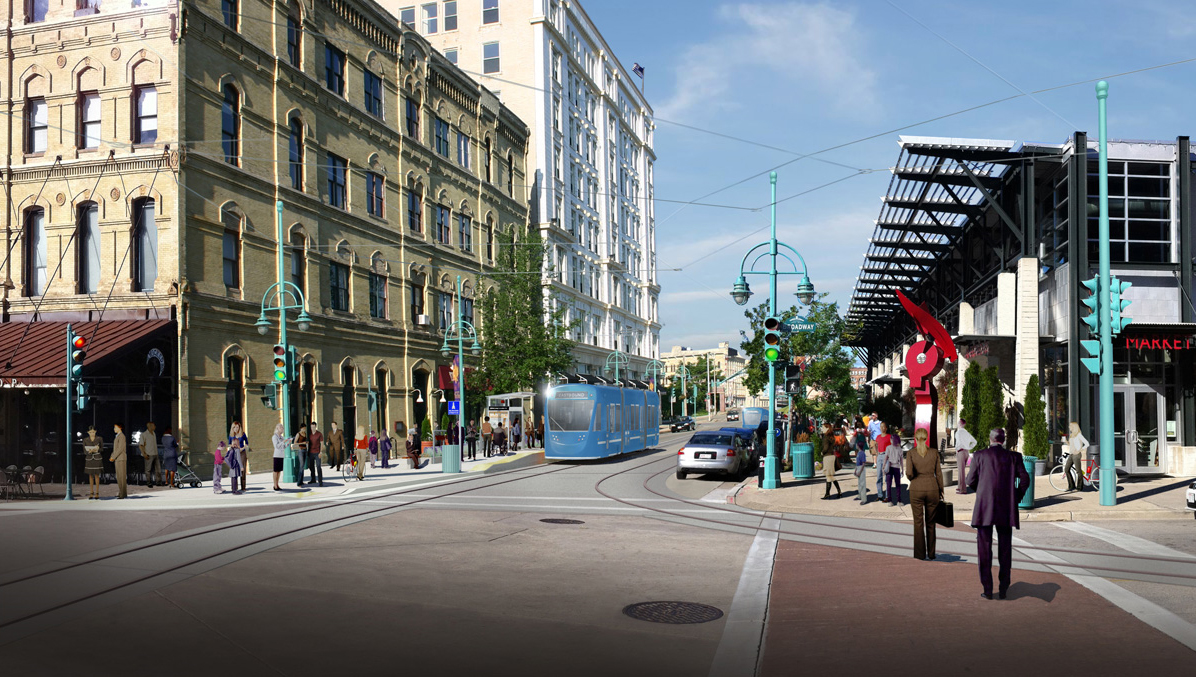Milwaukee Streetcar / The Hop
Specialties: Municipal Engineering, Structural Engineering / Bridge Inspections, Transportation Engineering, Surveying
Details
Years: 2013 - 2014
Location: Milwaukee, WI
Size: N/A
TERRA supported the design of a light rail street car for the City of Milwaukee through downtown Milwaukee. It was designed to complement existing bus routes and connects the Intermodal Station and its 1.4 million annual users; the Third Ward, East Town and the lower east side of the City. TERRA’s roles included:
TRAFFIC ANALYSIS. TERRA used our expertise in traffic data collection to obtain 18-hour traffic counts at six intersections along the streetcar route using Miovision cameras. Pedestrian counts were collected as well as vehicles and all data was delivered to the client in the format requested.
SURVEY. TERRA performed survey of the streetcar Operations and Maintenance Facility (OMF). Survey included full topography of the site, identification of property lines, roadway centerlines, utilities as well as sewer inverts and sizes. TERRA also surveyed the low elevation of the elevated I-794 where it crosses the OMF property. Identified boring and hollow walk locations were surveyed as a part of the project.
HOLLOW WALK INVESTIGATIONS. TERRA performed investigation of hollow walks at locations where Overhead Contact System (OCS) Poles would be placed for streetcar electrical power. Work included contacting building owners and setting up appointments to gain access to the basement of the building, investigating the extents, use and condition of the hollow walk, documenting utility conflicts, surveying the street area above the hollow walk and creating a report of the findings. All investigations were done by a licensed structural engineer.
MAINTENANCE OF TRAFFIC. TERRA created typical maintenance of traffic (MOT) plans for various street cross sections to convey to the contractor a general idea of how vehicular traffic was to be maintained during construction. Specifics of the MOT and localized special conditions were left to the contractor for coordination.









